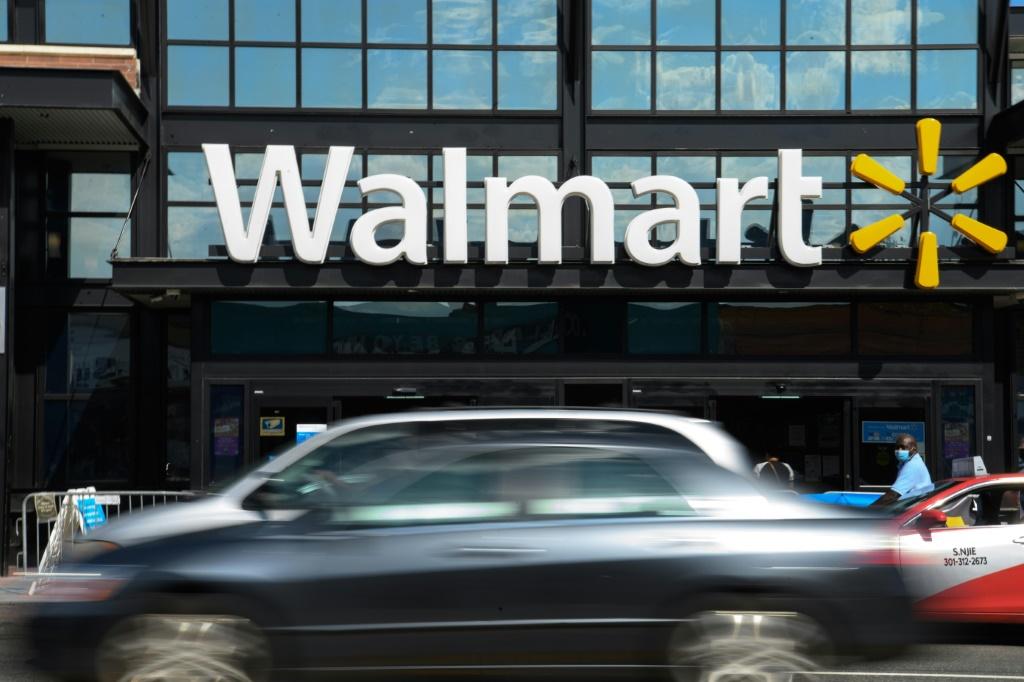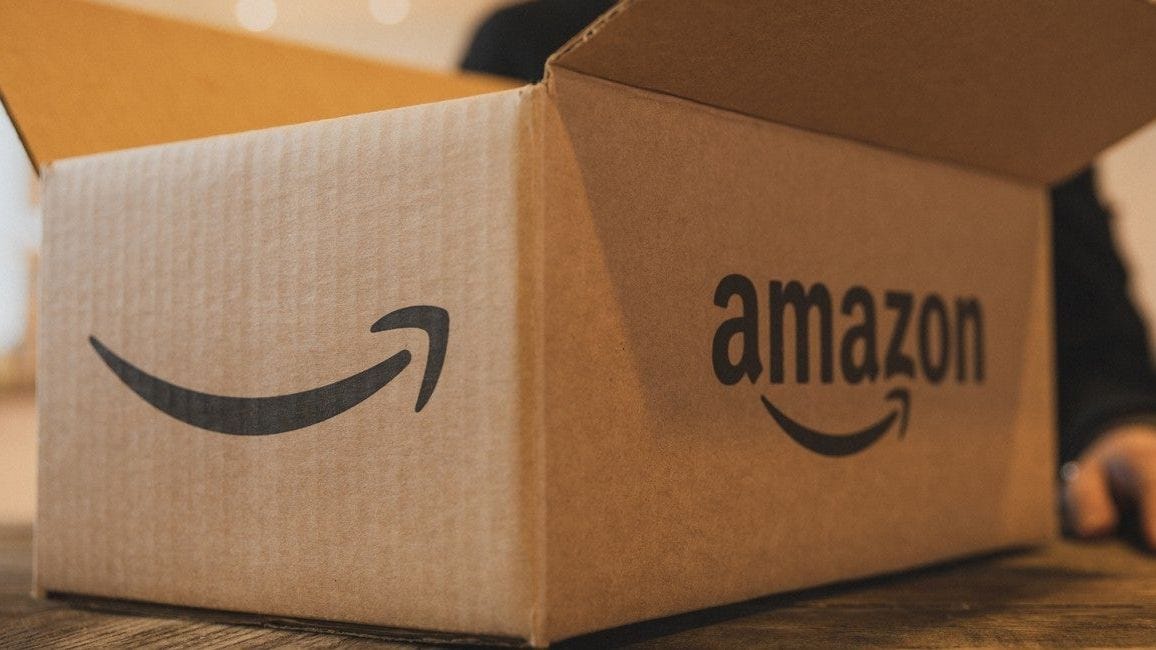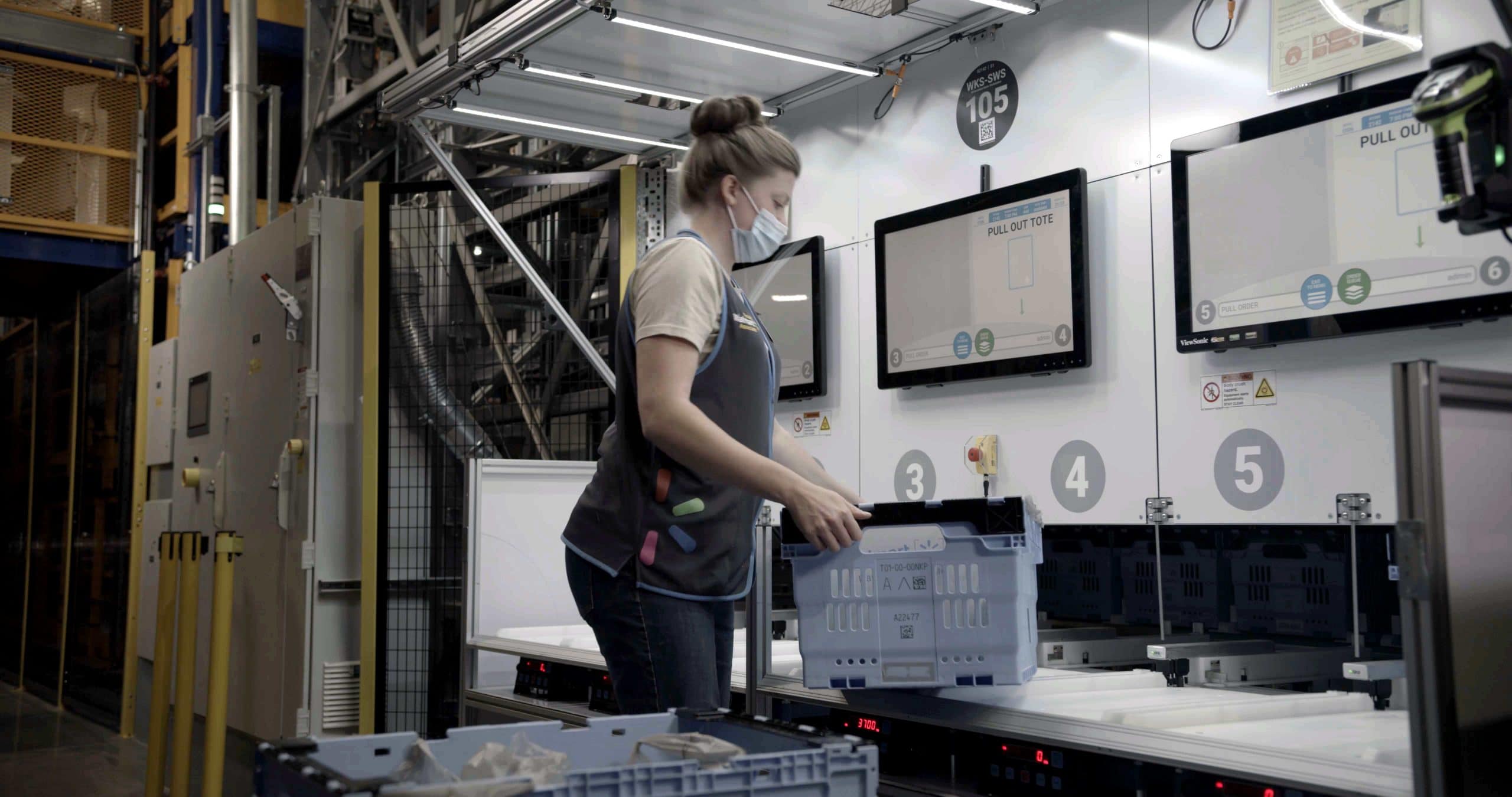Thanks to corona-virus, eBay, an American multinational e-commerce corporation managed to add 11 million new customers and buyers contributing to the highest annual sales growth for the online marketplace since at least 2013.
This multibillion-dollar business with operations in about 32 countries facilitates consumer-to-consumer and business-to-consumer as of 2019. The company manages the eBay website, an online auction and shopping website in which people and businesses buy and sell a wide variety of goods and services worldwide. The website is free to use for buyers, but sellers are charged fees for listing items after a limited number of free listings, and again when those items are sold.
Global gross merchandise volume, which includes its U.S. and international marketplaces, reached $100.0 billion in 2020, up 16.9% from $85.51 billion in 2019. The $14.5 billion incremental GMV eBay added last year was more than the marketplace’s GMV growth in the previous seven years combined.
In the US, eBay’s market share of online shopping is second only to Amazon, but while the rest of the market is growing. The gross value of goods sold on eBay’s U.S. marketplace grew 22.1% to $37.53 billion in 2020 from $30.74 billion the year prior. With everybody turning to online shopping to avoid coming in contact with people and brick-and-mortar stores, eBay takes advantage of this opportunity to its growth trajectory around. In 2019, U.S. GMV (Gross Merchandise Value) plunged 18.1% year over year.
“eBay is proving that it has the ability to sustain the gains it is seeing from COVID,” says Ygal Aronian, an analyst at Wedbush Securities. “We expect these trends to increasingly become ingrained in consumer behavior, which will support eBay in 2021.”
eBay marked the end of 2020 with 185 million active buyers, up 11 million from the end of 2019. The biggest growth in active buyers was in Q2—the height of COVID-19-related lockdowns—when eBay added 8 million new customers compared with Q1 to a total of 182 million. Besides, eBay acquired 3 million new shoppers in the second half of the year, even as panic-buying essentials slowed down and stores opened back up, leading experts to believe eBay’s turnaround may last post-pandemic. Additionally,eBay executives are of belief new consumers will be permanent buyers on eBay and that the majority didn’t go to the marketplace just for COVID-19 essential items like masks and hand sanitizer.

























